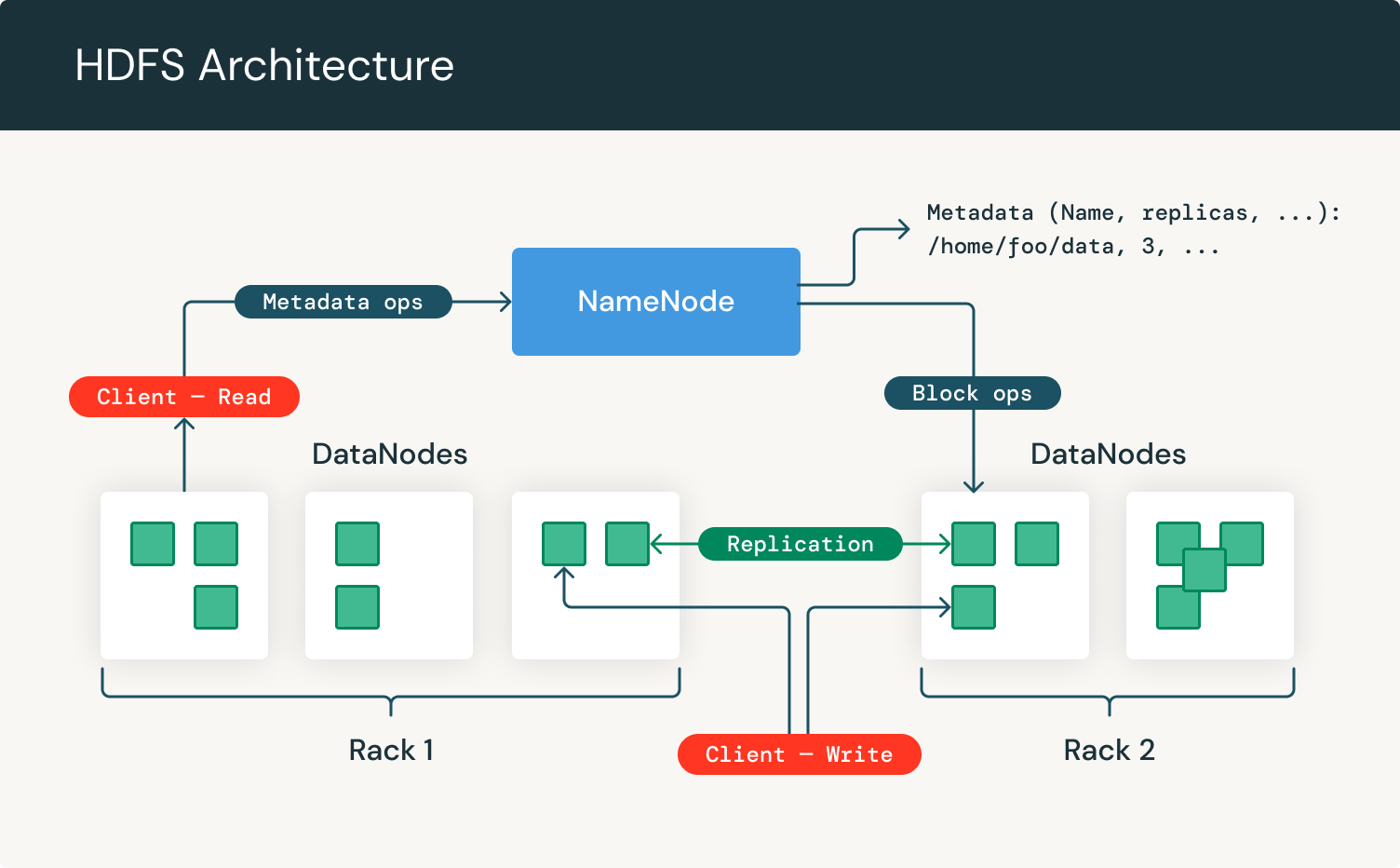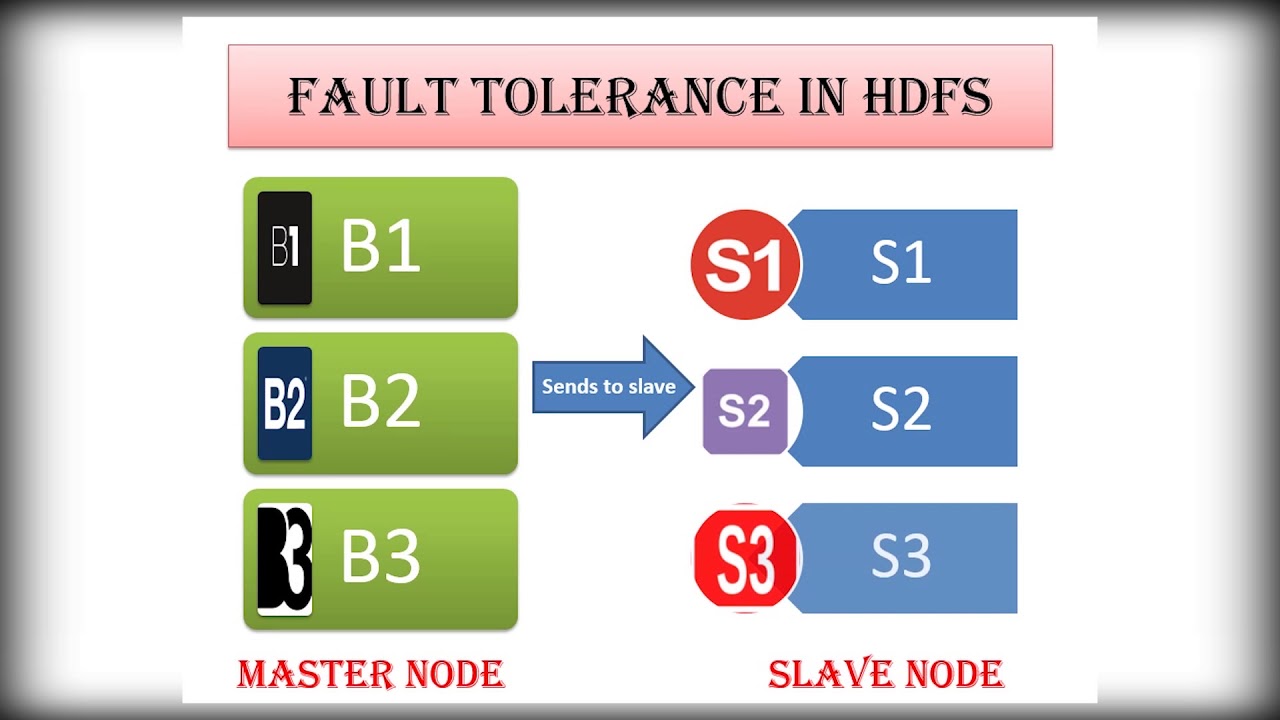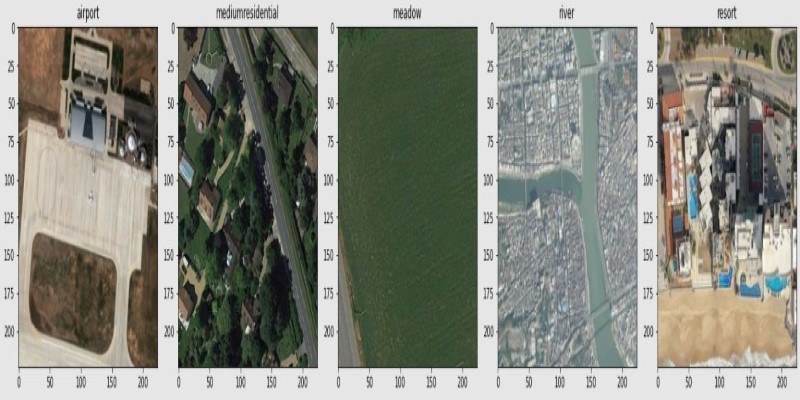Advertisement
When you're dealing with enormous volumes of data—think terabytes and beyond—you can't rely on the old, familiar ways of saving and accessing files. What worked for your vacation photos or spreadsheets won't suffice when your data grows from gigabytes to something that can't fit on a single machine. That's where HDFS, or Hadoop Distributed File System, comes in. It's designed to do one thing very well: store large files across many machines while making sure those files stay accessible, safe, and ready to use.
So, let’s have a closer look at what makes HDFS such a dependable system when it comes to storing big data.
At its core, HDFS isn’t as complicated as it might sound. It’s a distributed file system, which means that instead of putting all your files on one computer, it breaks them into blocks and spreads them out across several computers. Each file is split into fixed-size pieces (typically 128MB or 256MB), and these blocks are stored in multiple places. This way, even if one machine goes down—which is pretty common when you’re working with hundreds or thousands of nodes—your data doesn’t disappear.

Understanding how HDFS works means knowing what's going on behind the scenes. There are two primary components involved: the NameNode and the DataNode. Each one has a specific role, and together they form the backbone of the system.
Think of the NameNode as the index in a book. It doesn’t store the actual content, but it tells you where to find it. The NameNode keeps track of all the metadata—what files exist, where each block is located, and how everything fits together. When you want to read or write a file, the NameNode gives directions. It knows where each piece of your data lives, and it keeps the whole system organized.
It’s worth noting that the NameNode is critical. If it goes down, the file system can’t function. That’s why newer versions of Hadoop allow you to run a standby NameNode, so there's a backup plan in place.
While the NameNode keeps things in order, the DataNodes do the heavy lifting. They store the actual data blocks. Each DataNode is responsible for managing the blocks on its local disk, sending regular check-ins (called heartbeats) to the NameNode, and performing any read/write tasks as instructed. If one goes offline, the system doesn’t panic—it simply pulls the data from other replicas and keeps going.
This setup makes HDFS incredibly fault-tolerant. Since every block is replicated (usually three times), losing a machine or two doesn’t mean losing your data. The system is built to handle it quietly in the background.
So, what actually happens when you save or open a file with HDFS? The process is built around efficiency and scale. Let’s break it down.
When a user or application wants to store a file, the client first contacts the NameNode. The NameNode checks if there’s enough space across the DataNodes and then breaks the file into blocks. It assigns each block to different DataNodes—always making sure to keep copies on separate machines, sometimes even across racks, to improve fault tolerance.
The client then writes the file block by block directly to the chosen DataNodes. This way, the NameNode doesn’t get overloaded with traffic. Once all blocks are written, the file is considered stored.
Reading is just as streamlined. The client again contacts the NameNode to get the list of DataNodes that hold the blocks. It then goes directly to the DataNodes and reads each block in sequence. If a block can't be read from one node, it simply tries another replica. The system is designed to be fast and resilient, perfect for large-scale analytics where speed and reliability matter.
HDFS shines in environments where scale and reliability are essential. But it’s not just about storing data—it’s about doing so in a way that stays manageable no matter how much your data grows.
Rather than upgrading to bigger, more expensive machines, HDFS allows you to add more nodes to the system. This is known as horizontal scaling. It’s much more practical and budget-friendly, especially when you're working with datasets that keep expanding by the hour. Whether you’re adding ten nodes or a hundred, HDFS can keep up without skipping a beat.
Failures happen. Disks crash, machines go offline, and power blips knock out entire racks. HDFS doesn't just survive this kind of chaos—it's designed for it. With replication in place, your data stays safe even if several nodes fail. And the best part? Recovery happens automatically. The NameNode detects when a block is under-replicated and initiates a copy to restore the ideal count.

HDFS is optimized for reading large files from start to finish. It’s not built for quick edits or updates to small sections of a file. If you need fast, random access to specific data, HDFS might not be the best fit. But if you’re analyzing logs, crunching numbers, or training machine learning models, this approach makes perfect sense.
Big data isn’t just about having more information—it’s about handling that information without losing control. HDFS offers a reliable, fault-tolerant, and scalable way to store data across many machines, all while keeping things relatively simple. It may not care about the elegance of your folder names or whether your blocks are spread perfectly evenly, but it does what it promises: keeps your data available, safe, and ready when you need it.
Whether you're working on a data lake, building an analytics platform, or managing large-scale logs, HDFS is a practical choice that just works—quietly, efficiently, and without demanding too much from you.
Advertisement

Looking for practical data science tools? Explore ten standout GitHub repositories—from algorithms and frameworks to real-world projects—that help you build, learn, and grow faster in ML

How Q-learning works in real environments, from action selection to convergence. Understand the key elements that shape Q-learning and its role in reinforcement learning tasks

Learn the full process of deploying ViT on Vertex AI for scalable and efficient image classification. Discover how to prepare, containerize, and serve Vision Transformer models in production

How to convert transformers to ONNX with Hugging Face Optimum to speed up inference, reduce memory usage, and make your models easier to deploy across platforms

Learn how Apache Oozie coordinates Hadoop jobs with XML workflows, time-based triggers, and clean orchestration. Ideal for production-ready data pipelines and complex ETL chains

How does HDFS handle terabytes of data without breaking a sweat? Learn how this powerful distributed file system stores, retrieves, and safeguards your data across multiple machines

Should credit risk models focus on pure accuracy or human clarity? Explore why Explainable AI is vital in financial decisions, balancing trust, regulation, and performance in credit modeling

Learn how to build scalable systems using Apache Airflow—from setting up environments and writing DAGs to adding alerts, monitoring pipelines, and avoiding reliability pitfalls

Confused about MLOps? Learn how MLflow makes machine learning deployment, versioning, and collaboration easier with real-world workflows for tracking, packaging, and serving models

Curious what’s really shaping AI and tech today? See how DataHour captures real tools, honest lessons, and practical insights from the frontlines of modern data work—fast, clear, and worth your time

How fine-tuning CLIP with satellite data improves its performance in interpreting remote sensing images and captions for tasks like land use mapping and disaster monitoring

How Stable Diffusion in JAX improves speed, scalability, and reproducibility. Learn how it compares to PyTorch and why Flax diffusion models are gaining traction